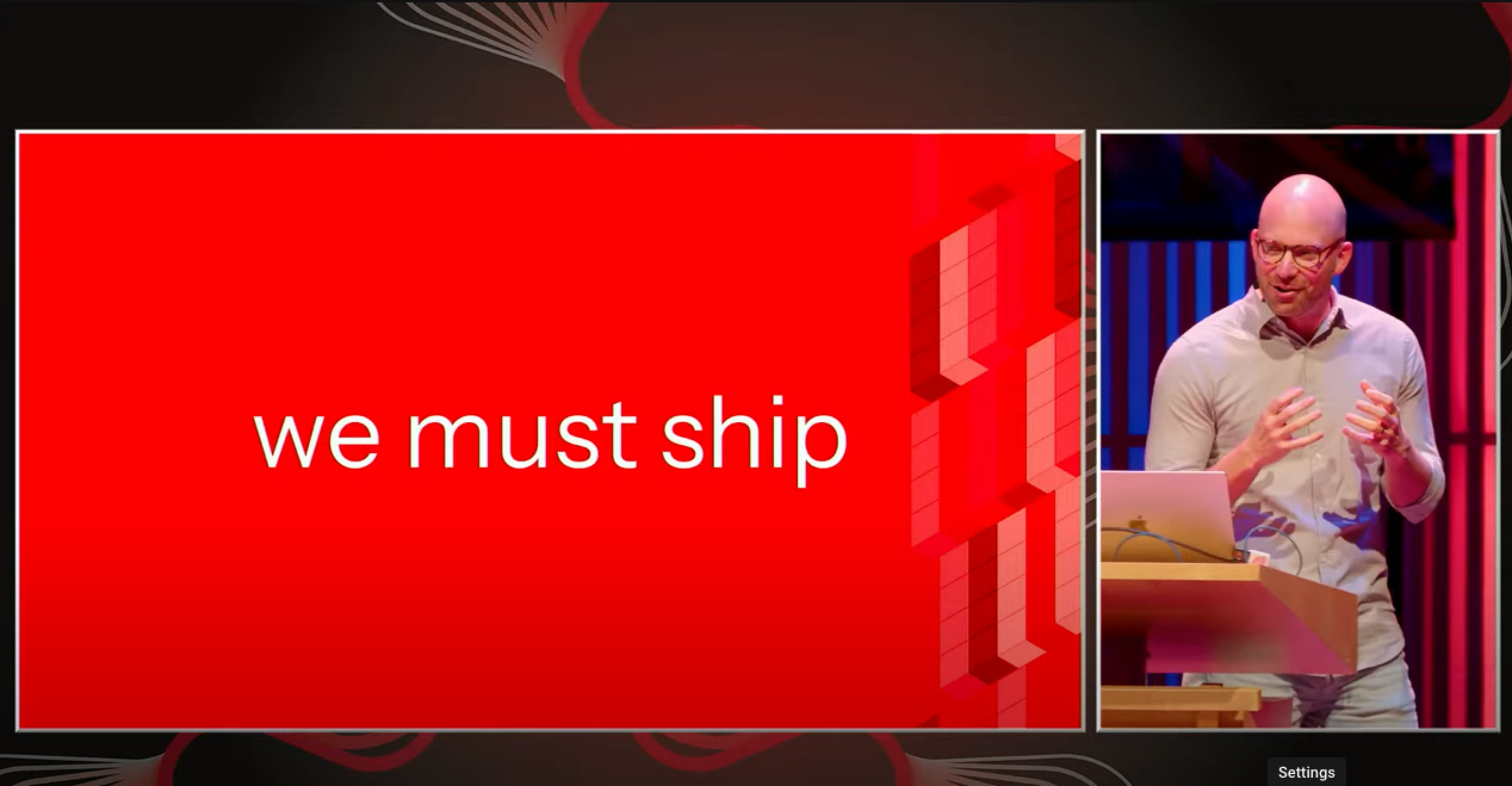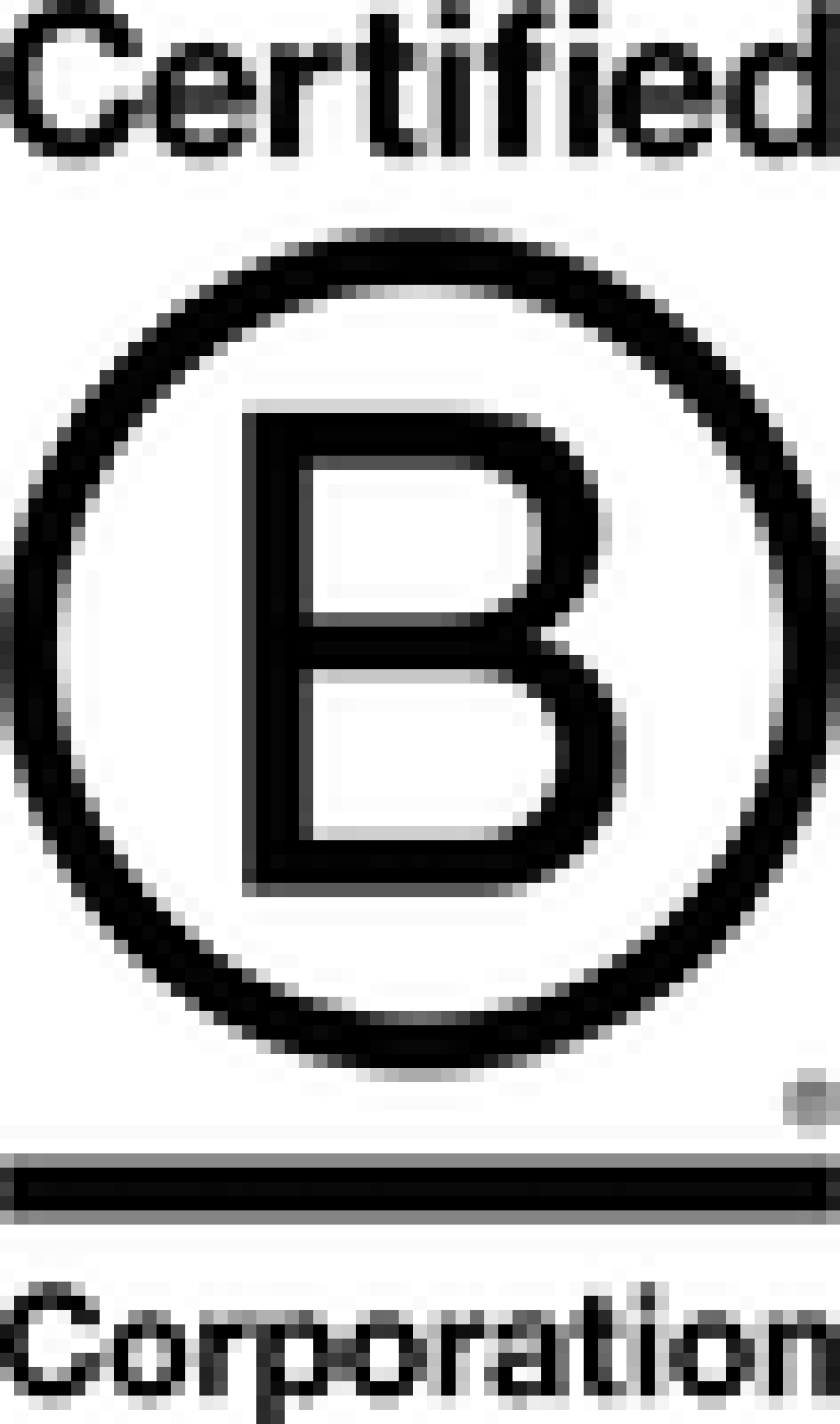How to validate your product idea

Ideas are free, products are expensive. How can you make sure your product has a market fit before you invest time and resource into it?
Here are three ways you can validate your idea within a few weeks, to make sure there’s a market for your product.
For our three-step validation plan to work, you need to be able to articulate your idea, more on that over here.
Three-Step Validation
Research
It’s important to understand the market and current landscape in which your product will sit. Do you know your market size, their pain points, and competitors? This doesn’t have to take too long, but it’s an important step.
Let’s explore the list;
What role does your target audience hold in their organisation?
How used to working with technology is your target audience?
Out of these, which is the most important for your target audience; time to onboard, cost or ease of use?
Estimate how many people/organisations are in your target audience
Is your target audience currently using a similar product?
How are you different?
Why would someone switch?
What would be the cost in time to switch to your product?
What does your competitor charge?
How long has your competition been running?
What is the biggest pain point your product fixes, and is this a pain point for your target audience?
Can you group your target audience by age, location or occupation?
Does your product serve solo teams, large teams or both?
Build your waiting list
Asking people to sign up for your email waiting list helps build validation in your idea, it also creates a base of potential users ready for you to contact when you launch.
There are many ways to build a waiting list, but here is what I would recommend as a starting point; head over to MailChimp, and create an account. Through the dashboard, you will be able to create a landing page, which will add people to your MailChimp audience list.
Your landing page should describe your idea, in a clear and concise manner, and give your audience a clear reason to sign up – ‘Be the first to try X’. The landing page should not take longer than half an hour to create.
Now you have your landing page ready, it’s time to reach out to folk in your target audience and ask them if they would be willing to join your waiting list.
Demo your prototype
Building a prototype doesn’t need to mean writing code, but it should be a visualisation of the product. Generally, this would involve working with a designer to create designs for 3-5 key features. Once created, you can add these into a slide deck.
The idea here is to demo your product to people over Zoom and gather high-level feedback.
Send an email, through your previously created MailChimp account, to everyone on the waiting list asking if they would be interested in seeing a ‘sneak peek’. I would suggest including a calendar link in your email, using a platform such as https://calendly.com/, to allow your audience to book a demo effortlessly at a time suited to them.
During the Zoom demo, show each of the designs and at the end, ask these three key questions;
Would this product fit into your workflow?
Would you pay for this product?
Do you have any feedback?
Need a helping hand on your product idea? Get in touch, we’d love to hear from you.
More Articles

Which Big Brands Use Laravel? (and why!)
We’ve been using Laravel for close to 10 years, and in that time, Laravel has grown from a cult hero into a respected enterprise framework that helps developers do what developers do best - ship.

The biggest Laravel announcements by Taylor Otwell at Laracon EU 2025
Laracon EU 2025 in Amsterdam was the stage for the Laravel core team to announce a series of significant updates and new initiatives, signalling what Taylor Otwell calls a new era for the PHP framework.

Why Laravel maintenance is important
As one of the most popular open-source PHP frameworks, Laravel continues to evolve, offering businesses a flexible foundation for building and maintaining digital platforms.

